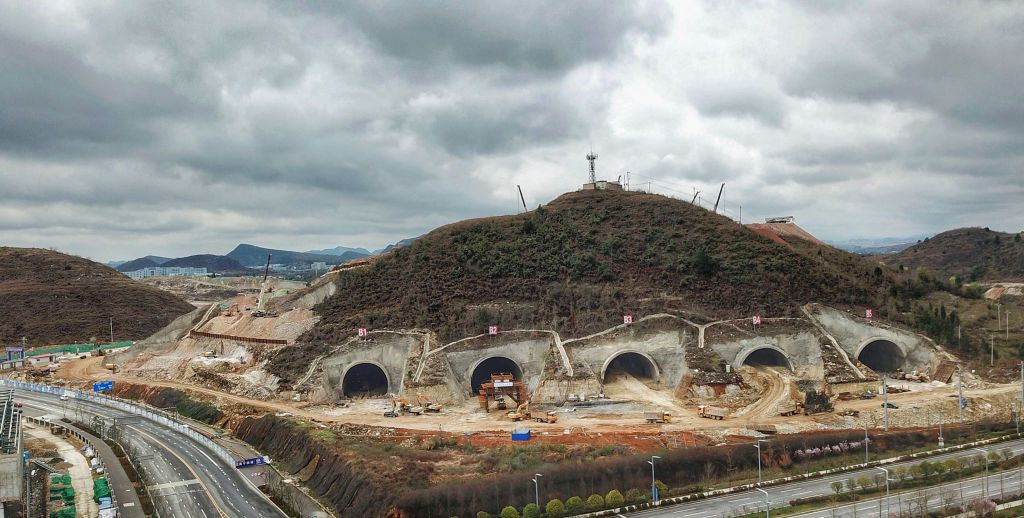Inside the Nuclear Bunkers, Mines, and Mountains Being Retrofitted as Data Centers
In recent years, the demand for data centers has been steadily increasing as more and more businesses and individuals rely on digital storage and processing capabilities. To meet this growing need, companies have begun to look for unconventional locations to house their data centers, leading to the repurposing of nuclear bunkers, mines, and mountain caves.
These underground and mountainous locations offer natural protection from environmental hazards such as hurricanes, tornadoes, and earthquakes, making them ideal for secure data storage. Additionally, the thick rock walls provide insulation, helping to regulate temperature and reduce the need for extensive cooling systems.
One example of a nuclear bunker being retrofitted as a data center is the infamous former military facility in the Swiss Alps known as the Swiss Fort Knox. This high-security data center boasts state-of-the-art technology and round-the-clock surveillance to ensure the safety and privacy of its clients’ data.
Similarly, mines in locations like Finland and Sweden are also being transformed into data centers due to their stable underground environment and abundance of space. With the right modifications and upgrades, these mines can provide the necessary infrastructure for large-scale data storage and processing.
While the concept of repurposing nuclear bunkers, mines, and mountain caves may seem unconventional, it offers a practical solution to the increasing demand for data center facilities. These unique locations not only provide enhanced security and protection but also reduce the environmental impact of traditional data centers by utilizing existing underground spaces.
As technology continues to advance and the need for data storage grows, we can expect to see more innovative solutions like these emerging in the future. Whether it be in a nuclear bunker deep underground or a mountain cave high above sea level, data centers will continue to adapt and evolve to meet the demands of our digital world.
